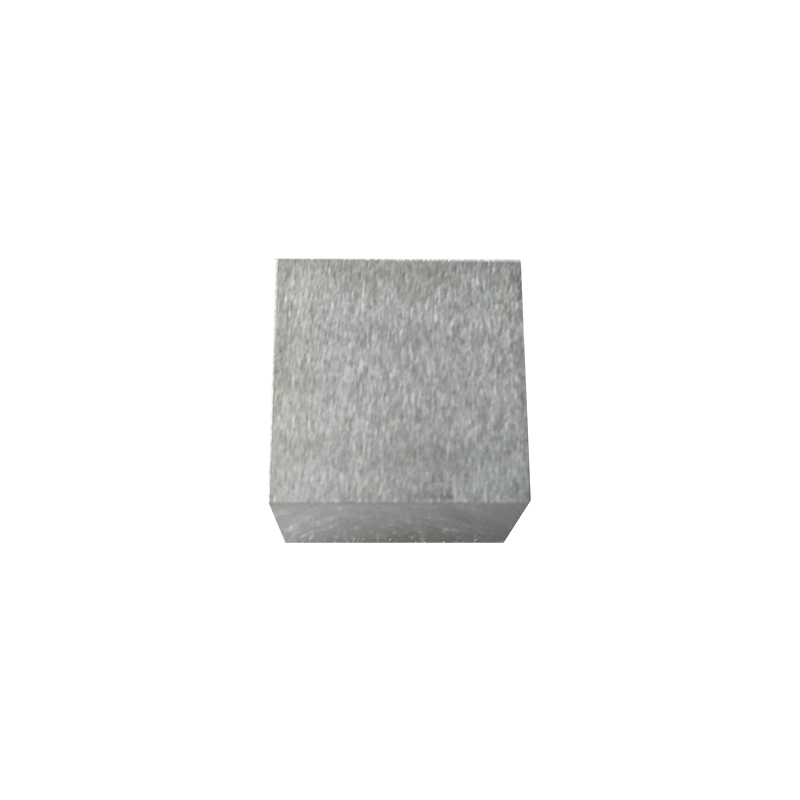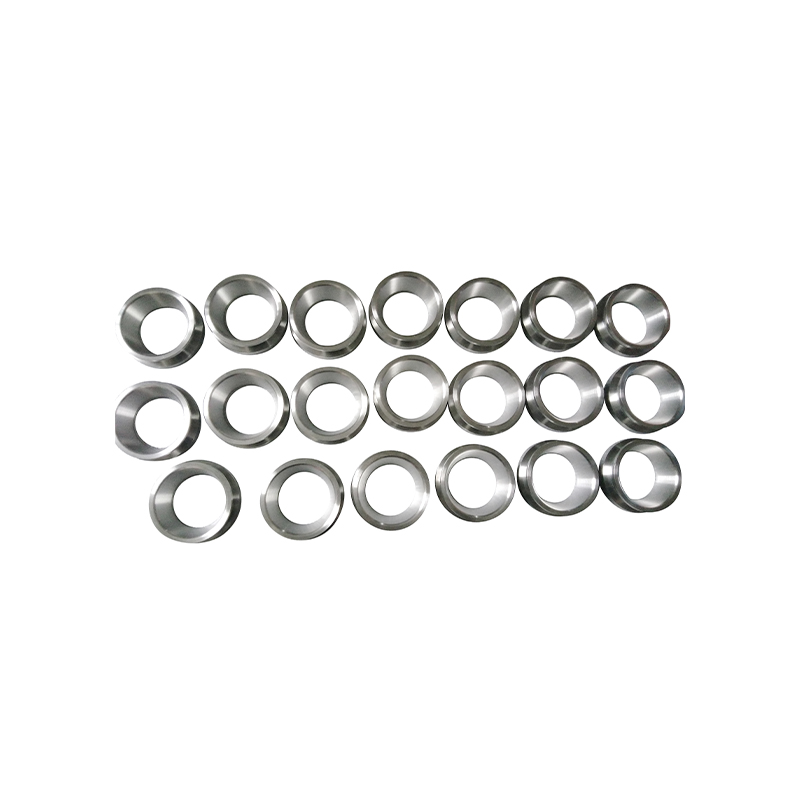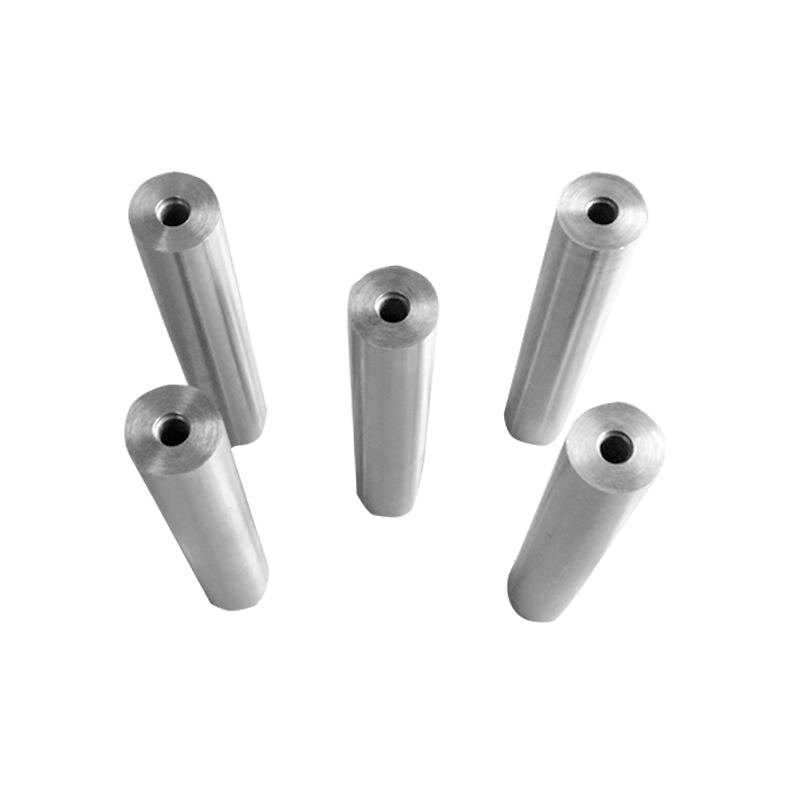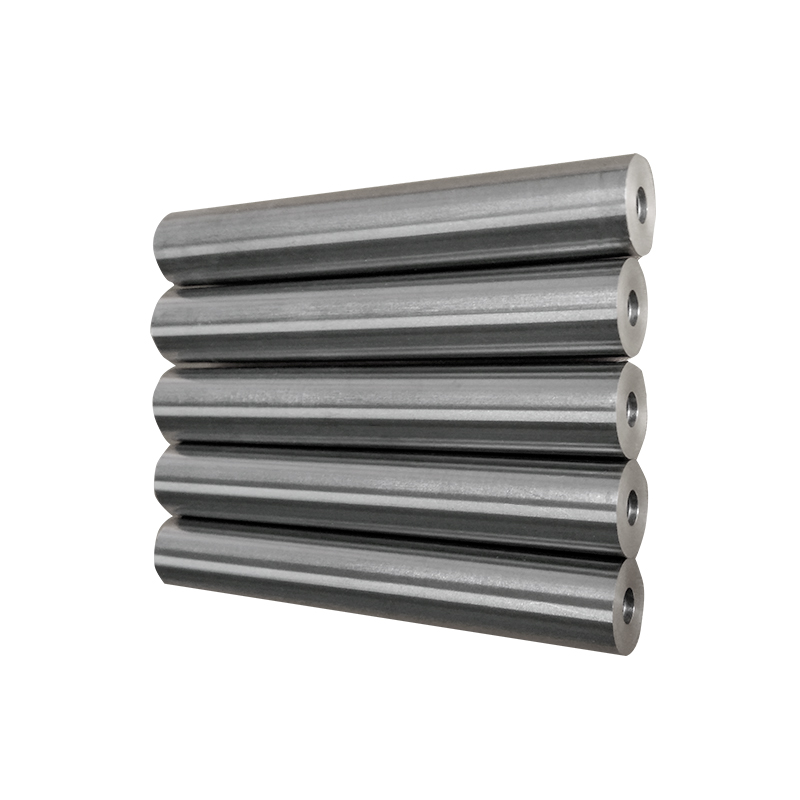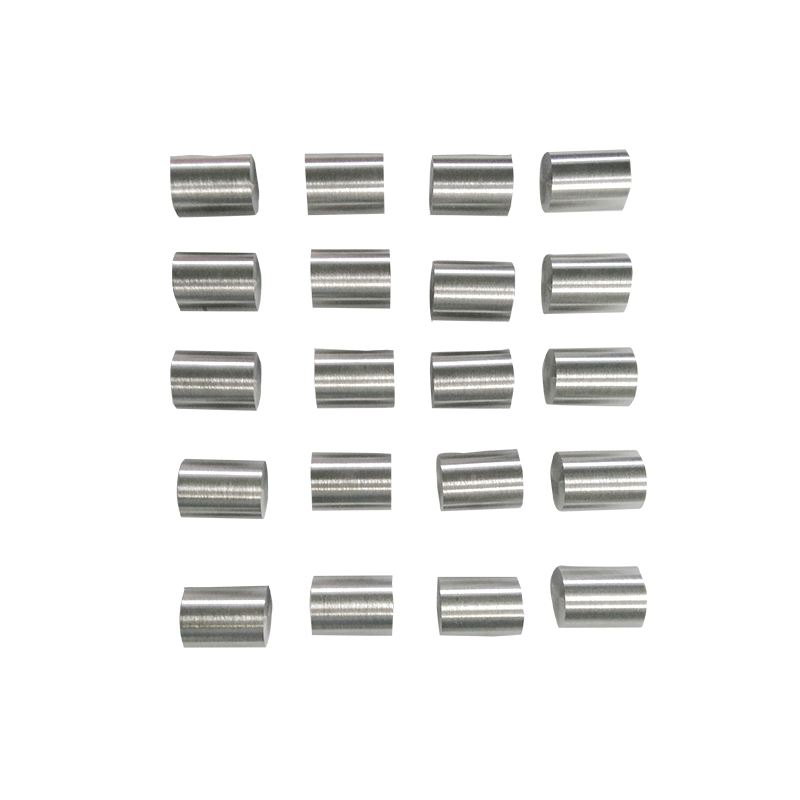Tungsten, also known as wolfram, is a rare, dense, and exceptionally hard metal with remarkable properties that make it indispensable in many industrial applications. Among its various forms, tungsten rods are one of the most widely used due to their versatility, strength, and ability to perform under extreme conditions. These rods, which are cylindrical bars of tungsten metal, serve as essential components in industries ranging from aerospace and electronics to medical equipment and defense. This article explores the key properties of tungsten rods and their practical applications, highlighting why they are a critical material in modern industry.
1. Understanding Tungsten Rods
Tungsten rods are manufactured from high-purity tungsten powder through processes such as powder metallurgy, sintering, forging, and machining. The resulting rods are available in various diameters and lengths to meet specific industrial requirements. Tungsten rods are often used as raw materials for further fabrication, including electrodes, filaments, components in heating elements, and mechanical parts.
The demand for tungsten rods arises from the metal’s extraordinary combination of physical, mechanical, and thermal properties, which are difficult to find in other metals.
2. Key Physical Properties of Tungsten Rods
Tungsten rods are valued for their exceptional density, hardness, and thermal resistance. The key physical properties include:
a. High Melting Point
Tungsten has the highest melting point of all pure metals, at approximately 3,422°C (6,192°F). This property makes tungsten rods ideal for applications involving extreme heat, such as high-temperature furnaces, welding electrodes, and aerospace components.
b. High Density
With a density of around 19.25 g/cm³, tungsten rods are incredibly heavy for their size. This density is advantageous in applications where weight and mass are critical, such as counterweights in aircraft, missiles, and high-performance machinery.
c. Hardness and Strength
Tungsten is extremely hard, with a Mohs hardness of 7.5, and it maintains its strength at high temperatures better than most metals. Tungsten rods can withstand significant mechanical stress, making them suitable for cutting tools, wear-resistant parts, and high-load applications.
d. Thermal Conductivity
Tungsten exhibits excellent thermal conductivity, allowing it to dissipate heat efficiently. This property is essential in applications such as electrical contacts, heat sinks, and radiation shielding, where temperature management is crucial.
e. Corrosion and Oxidation Resistance
While tungsten is chemically stable under many conditions, it forms a protective oxide layer at high temperatures that enhances its resistance to oxidation and corrosion, making tungsten rods durable in harsh industrial environments.

3. Mechanical Properties of Tungsten Rods
The mechanical properties of tungsten rods further contribute to their industrial versatility:
- High Tensile Strength: Tungsten rods exhibit tensile strengths of up to 1510 MPa, allowing them to resist stretching and deformation under heavy loads.
- High Modulus of Elasticity: Tungsten’s elasticity ensures minimal deformation under stress, which is important in precision components.
- Wear Resistance: The combination of hardness and toughness makes tungsten rods suitable for applications where abrasion and mechanical wear are significant factors.
These properties enable tungsten rods to maintain structural integrity and reliability in high-stress applications, including industrial machinery and defense systems.
4. Electrical and Thermal Properties
Tungsten rods also possess excellent electrical conductivity, which, combined with high thermal stability, makes them suitable for electrical and electronic applications:
- Electrodes: Tungsten rods are widely used in TIG welding electrodes, where they provide stable arc performance at high temperatures.
- Filaments: Tungsten rods serve as the base for light bulb filaments and vacuum tube filaments due to their ability to withstand heat without melting or sagging.
- Heating Elements: The rods are employed in high-temperature furnaces and industrial heating elements, offering consistent heat transfer and longevity.
These properties ensure that tungsten rods remain reliable even under continuous electrical and thermal stress.
5. Key Industrial Applications of Tungsten Rods
Tungsten rods are utilized across a wide range of industries due to their unique combination of properties. Some of the most significant applications include:
a. Aerospace and Defense
- Counterweights and Ballasts: The high density of tungsten rods is ideal for use in aircraft, spacecraft, and missile components, where precise balance is critical.
- Kinetic Energy Penetrators: Tungsten rods are used in military applications, including armor-piercing projectiles, due to their hardness, density, and ability to maintain structural integrity upon impact.
- Heat Shields and Rocket Components: Tungsten’s thermal resistance ensures that rods can withstand extreme temperatures in aerospace environments.
b. Electronics and Electrical Industry
- Tungsten Electrodes: Used in TIG and plasma arc welding, tungsten rods provide a long-lasting, high-temperature resistant arc.
- Filaments: Light bulbs, cathode ray tubes, and vacuum tubes rely on tungsten rod filaments for their high melting point and electrical conductivity.
- Electrical Contacts: Tungsten rods are employed in switches and relays where wear resistance and heat dissipation are required.
c. Industrial Machinery
- Wear-Resistant Parts: Tungsten rods are used in nozzles, dies, punches, and cutting tools due to their hardness and ability to withstand mechanical wear.
- High-Temperature Components: Rods serve as supports, fasteners, and inserts in furnaces, kilns, and other high-heat equipment.
d. Medical Equipment
- Radiation Shielding: Tungsten rods are utilized in medical imaging and radiology equipment due to their ability to block X-rays and gamma rays effectively.
- Precision Instruments: Tungsten’s stability ensures accuracy in surgical and diagnostic tools.
e. Jewelry and Luxury Items
- Tungsten rods can be machined and polished to create durable, scratch-resistant jewelry, including rings and watch components. Their density and hardness give them a luxurious feel and long-lasting performance.
6. Fabrication and Machining of Tungsten Rods
Working with tungsten rods requires specialized processes due to the metal’s hardness and high melting point. Common methods include:
- Powder Metallurgy: Tungsten powder is compacted and sintered to produce dense rods with precise dimensions.
- Cold and Hot Working: Forging, rolling, and extrusion processes shape the rods while maintaining structural integrity.
- Precision Machining: CNC milling, grinding, and EDM (electrical discharge machining) allow for fine tolerances in industrial components.
Proper fabrication ensures that tungsten rods retain their mechanical, thermal, and electrical properties for demanding applications.
7. Challenges and Considerations
While tungsten rods are highly valuable, they also present certain challenges:
- Cost: Tungsten is more expensive than steel or aluminum, making it a premium material choice.
- Machining Difficulty: The hardness and brittleness of tungsten require specialized tools and techniques.
- Weight: High density can be a disadvantage in applications where lightweight materials are preferred.
Despite these challenges, the benefits of tungsten rods often outweigh the limitations, especially in high-performance or critical industrial applications.
8. Conclusion
Tungsten rods are a cornerstone material in modern industry, valued for their exceptional strength, high melting point, density, wear resistance, and thermal stability. From aerospace and defense to electronics, industrial machinery, and medical equipment, tungsten rods play a critical role in applications where performance, durability, and reliability are paramount.
The combination of mechanical toughness, electrical and thermal properties, and chemical stability ensures that tungsten rods can withstand extreme conditions that other metals cannot endure. As technology continues to advance, the demand for tungsten rods is likely to grow, reinforcing their importance in cutting-edge industrial, medical, and high-tech applications.
In essence, tungsten rods are not merely raw materials—they are high-performance solutions that enable modern industry to achieve levels of precision, safety, and efficiency previously unattainable with conventional metals.







